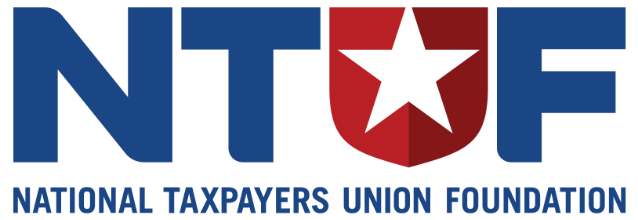State governments now face an April 1, 2022 deadline to use federal aid to restore the health of their unemployment insurance (UI) trust funds without accepting onerous new conditions, following the release of new U.S. Treasury guidance on January 27. States that don’t meet the deadline “may not take action to reduce benefits available to unemployed workers by changing…average weekly benefit amounts or the number of weeks of benefits payable” through 2024.
Since the pandemic began, $859 billion has been paid out in unemployment benefits, quickly exhausting $72 billion of state unemployment trust fund reserves and existing employer taxes. The federal government chipped in $672 billion in UI funds, but even with that, nine states have had to borrow a total $40 billion from the federal government to pay benefits and virtually every state’s UI trust fund has been depleted.
It was therefore good news in April 2021, when the U.S. Treasury ruled that states could use federal funds from the American Rescue Plan Act (ARPA) for (1) replenishing UI funds to pre-pandemic balance levels and (2) repaying UI loans from the federal government. ARPA had made hundreds of billions of dollars available to state and local governments, but because it sharply limited how the funds could be used, state legislators have had difficulty spending all the funds in a way that did not create long-term fiscal imbalances. But fixing UI systems is a good use of federal ARPA money, restoring states’ fiscal health and avoiding tax increases on employers who otherwise would have to foot the bill.
Sixteen states did so (Arizona, Connecticut, Hawaii, Indiana, Iowa, Kansas, Kentucky, Louisiana, Maine, Maryland, Michigan, Nevada, New Mexico, Ohio, South Carolina, Texas, Utah, Virginia, Washington), of which five states have utilized their maximum amount for restoring their UI system (Arizona, Indiana, Kansas, Maine, South Carolina). (Six states are ineligible to use any funds – Delaware, Idaho, Montana, Nebraska, North Dakota, and South Dakota – because their UI trust funds have not fallen below pre-pandemic levels.) That leaves 39 states and D.C. still able to use a total of $76 billion in ARPA funds to replenish their UI trust funds or repay federal UI loans.
Enter the new Treasury rule banning reduction of UI benefits by any state that uses ARPA funds for that purpose after April 1, 2022. Because UI benefits are administered by states, states have the ability to adjust the duration or amount of benefits. These amounts therefore vary by state, and many states adjust the amounts automatically depending on the unemployment rate. North Carolina, for instance, in 2013 changed the duration of unemployment benefits from 26 weeks to a range of 12 to 20 weeks depending on the economy, and 9 other states have adopted similar changes. These and other UI reforms – designed to reduce the disincentive effects of lengthy benefits periods in good economic times – would be effectively banned through 2024 for any state that uses ARPA funds for UI purposes after April 1, 2022.
This Treasury ruling raises obvious legal and constitutional issues. While Treasury may interpret and provide guidance on a statute, the addition of a substantive condition such as this is more properly considered legislative action. Since Congress didn’t add the condition, it may be beyond Treasury’s power to do so. Additionally, even congressionally-imposed conditions on federal funds can exceed federal power; the Treasury Department has already lost in court involving a separate ARPA condition on this ground of “unconstitutional conditions.”
So what should states do? The April 1 deadline looms large, and states preserve their legislative freedom of action by authorizing the use of ARPA funds for UI replenishment and loan repayment before that deadline. As the Buckeye Institute’s Rea Hederman accurately told Ohio legislators, “the funds do not have to be deposited by April 1, but enabling legislation is needed” by then. But replenishing reserves now avoids tax increases later, and preserves for states the flexibility to address the UI system as they see fit.

